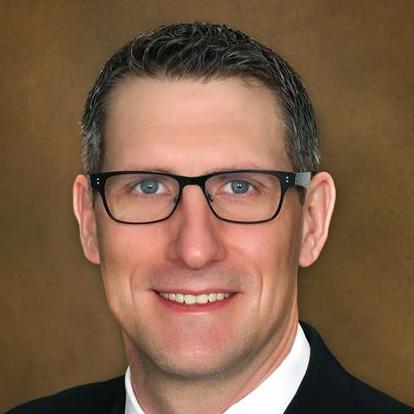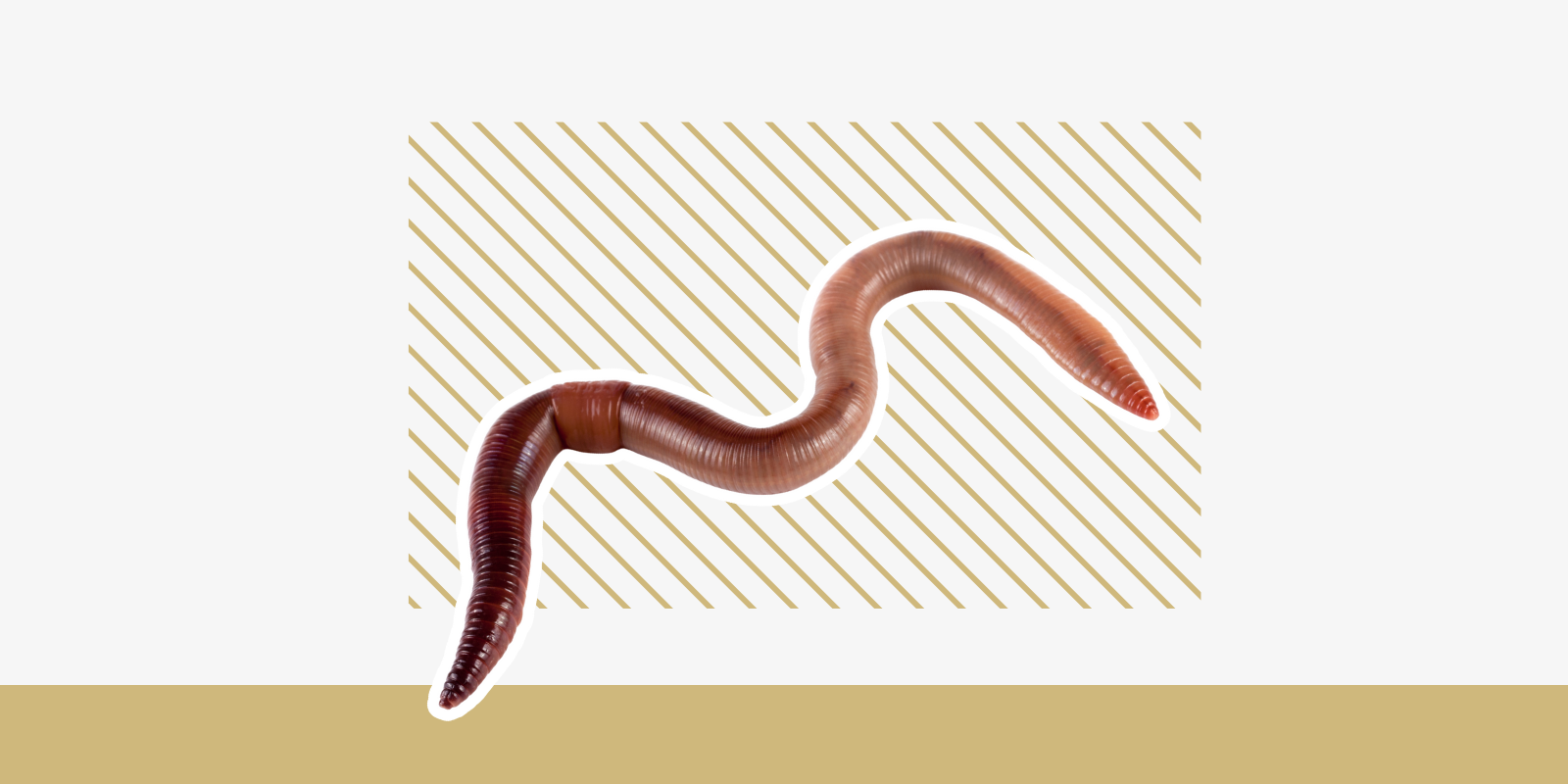Denied a kidney transplant because of his weight, Gerald Paity dutifully showed up at a dialysis center at 5 a.m., three days a week, for more than nine years before a new robotic procedure performed by a transplant team at the University of Colorado Department of Surgery gave him a new lease on life.
“I love those guys to death,” Paity says. “They're all my saviors.”
Led by Thomas Pshak, MD, associate professor of transplant surgery, the team specializes in robotic kidney transplant on patients with high body mass index (BMI), a procedure that has a higher risk of complications when performed with traditional open surgery. Because the robot allows the surgery to essentially be performed inside the body, using very small incisions, BMI is no longer a factor in who does or does not receive a kidney transplant, Pshak says.
“By operating on the inside, I can see so much better,” he says. “I can do the operations so much better because I'm literally right there, versus when I'm standing outside of a patient. As the abdomen gets bigger and deeper, it's harder and harder because my hand has to go farther and farther in, and I can't see very well. With the robot, all that goes away. It doesn't matter your size or shape.”
Diabetes a risk factor
Paity’s journey to transplant started nine years ago, when he was diagnosed with diabetes — a major risk factor for kidney disease. He began doing peritoneal dialysis at home in 2015 but had to switch to hemodialysis at a dialysis center in 2017. Between the disease and its treatment, he was unable to work and was fatigued nearly all the time, sometimes sleeping for the better part of a day.
Paity tried to get on the kidney transplant list for years, but his high BMI made him ineligible. “My doctors kept saying I was overweight,” says Paity, 53, who lives in Montbello. “They wanted me to get to the weight that I was in high school. I had a gastric bypass, I got on Ozempic, and I got down to 291, which was as much as I could get down to. But when I came to CU and saw Dr. Pshak, he said, ‘I can do it with the robot. Give me two months, and I'll have you transplanted.’ It was crazy, because it didn't even take two months. It was three weeks."
Clinic for high-BMI transplant patients
Pshak and the CU robotic transplant team performed Paity’s transplant surgery in September 2024. After successfully lobbying for greater access to the surgical robot, he and his team are now able to perform transplants from deceased donors in obese patients.
 Gerald Paity with, from left, transplant surgeons Trevor Nydam, MD, Philippe Abreu, MD, who performed Paity's surgery, and Thomas Pshak, MD.
Gerald Paity with, from left, transplant surgeons Trevor Nydam, MD, Philippe Abreu, MD, who performed Paity's surgery, and Thomas Pshak, MD.
“Previously, the high-BMI patients needed to have a live donor, because we needed to schedule the surgery,” says Pshak, who has started a clinic specifically for high-BMI patients. “Now we have the access we need and the team we need, so we're trying to get everybody onto our list, even going backward in time to contact patients who were denied for transplant in the past.”
Life-changing procedure
Paity says he felt a boost in his energy levels immediately following the transplant, surprising his doctors by walking unassisted two days after his surgery took place.
“They were so impressed, because they want you to get up and start walking right away,” he says. “So, the next day I started walking with a walker, and then the second day, I got up and I wasn't using the walker. They said, ‘You don't even look like you had transplant surgery.’”
Now back home and able to spend more quality time with his wife, children, and grandchildren, Paity is filled with gratitude and optimism for the future. He has to take anti-rejection medicine for the rest of his life and go in for regular follow-up appointments with Pshak and his team, but it’s a small price to pay for getting off dialysis and receiving an operation that changed his life.
“I concentrate more on my family, because I got saved,” says Paity, who plans to write a thank-you letter to the family of the deceased donor. “I get to see them a lot longer now. At one point, I thought I was going to be on dialysis for the rest of my life. Now we get to live our life."
Featured image: Gerald Paity with his sisters Diana Goodwin, left, and Rosemarie Paity.





